- Tuesday, 23 April 2024
Unpredictable Weather
Much of the country will see above-average rainfall this monsoon, went the prediction of meteorologists in the first week of May. Nearly five months, including the rainiest months of July and August, later, the better part of Terai has been in severe drought. So much so that some farmers there are being driven to despair. We are living in a time when extreme weather events have become a new normal. And no part of the world has remained immune to them. Almost whole of Europe has been experiencing worst drought in 500 years. So has been China, where worst heat wave and mega droughts not seen in its recorded history have left the factories shut and many rivers, including the mighty Yangtze, running dry.
But on the other side, one-third of impoverished South Asian country of Pakistan is under water, because of flooding of ‘biblical proportions,’ one of the worst in decades, if not worst in its history. The colossal floods have not only stranded tens of millions of people but have washed away villages, crops, bridges, houses and other critical resources. What’s more, due to the heatwaves and droughts since March, as well as heavy floods in recent months, farmers in neighbouring India have seen their crops wilted or washed away, making it likely that it, too, will struggle to feed its people in the days ahead. The consequences look dire everywhere. Climate scientists as well as governments are quick to attribute such eventualities to global temperature rise and climate change.
Nepal has its own story to tell: While some of its parts have seen far more rains than predicted, farmers in others have struggled to get water to irrigate their fields for paddy plantation or have lost all hopes of rice harvests this year. Unable to irrigate their fields, farmers in Rupandehi and Banke have started cutting the paddy plants to feed the cattle. Those whose entire livelihoods are tied to their paddy fields are staring at the imminent crisis. Kalu Ram Tharu, a farmer in Bardiya, fears that he won’t be able to provide for his family, because he says his harvest this year is going to be far less compared to the years before. Fulfilling the need to feed his family with half the harvest, he used to sell the other half to buy the daily essentials. But this year, things are going to change for the worse because of poor rainfall, he worries. The same is true for the rest of the southern plains.
So, as the bread basket of the country has been under the grip of drought situation for long now, food crisis may result and affect the agro-dependent nation’s economic growth. Needless to say, we have no power over the drought nor do we have any power to prevent the floods. But if we know what’s coming, we can at least plan to deal with it. Had the monsoon forecast been at least near-accurate, we would have been able to plan accordingly. Lack of state-of-the-art technology and lack of customised prediction model to suit local needs are mainly cited for this shortcoming. These problem must be solved by those in authority. Doing so bodes well for untold number of people potentially going to be affected.









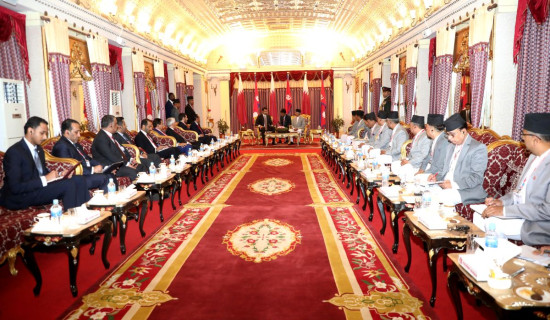
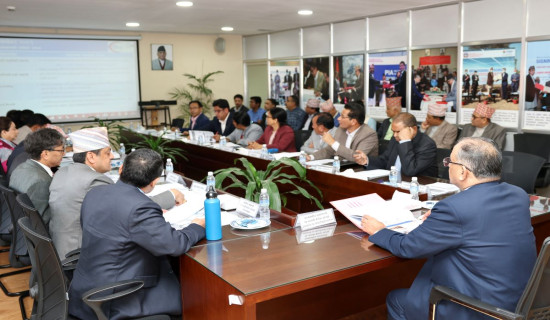
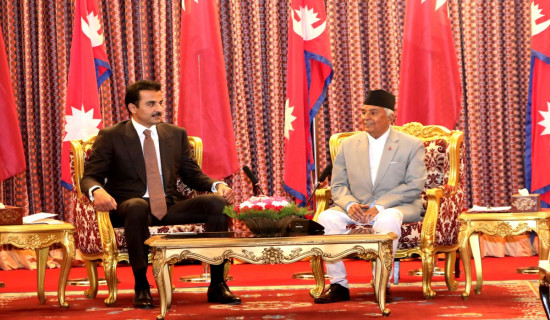
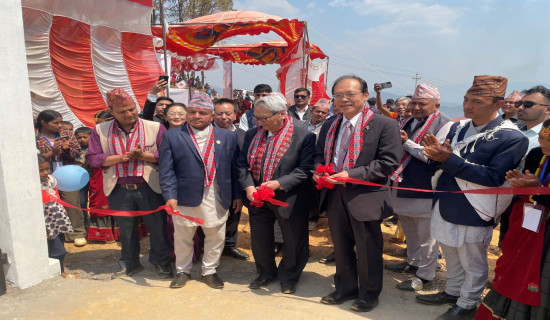

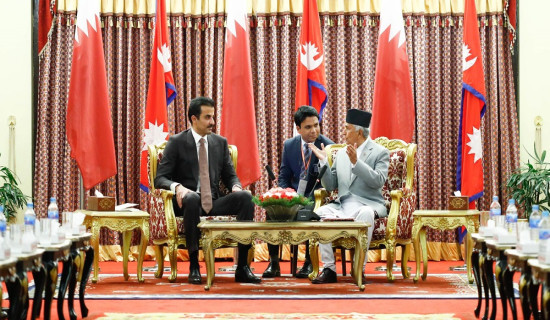
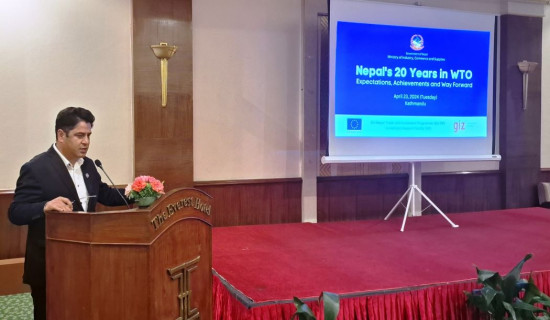
-original-thumb.jpg)